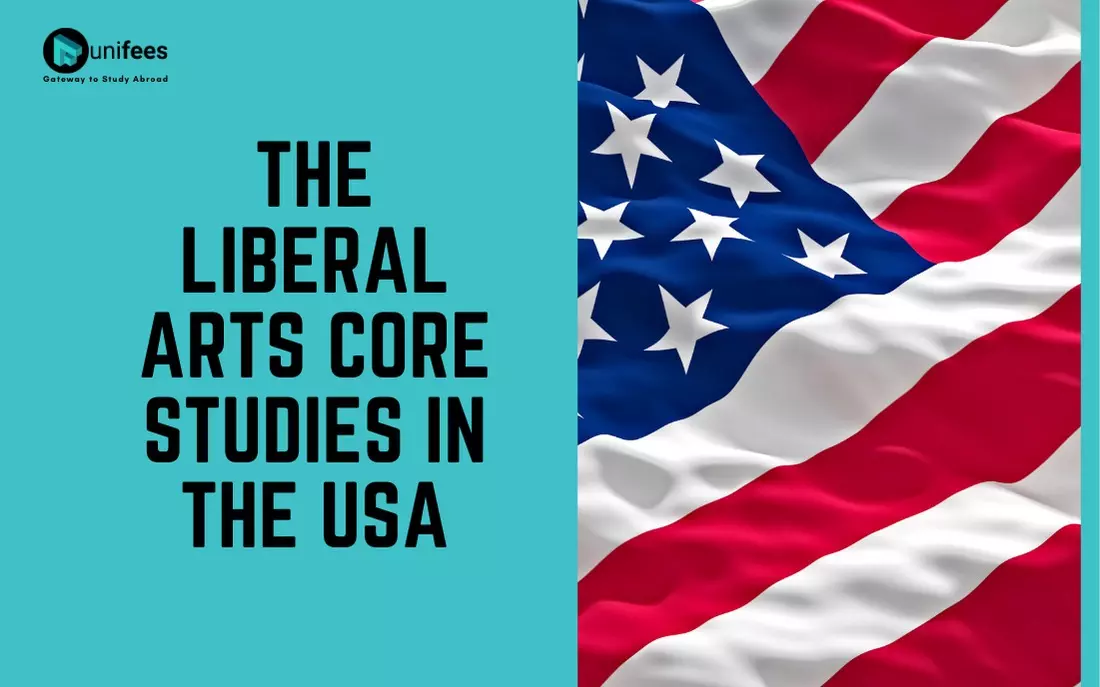
One of the best Things about Undergraduate Studies in the USA.
The USA is the favourite destination for international students. Undergrads who want to study in the USA will find a plethora of reasons on why the USA is the best investment for their futures. In this article, we will be discussing one of the most important factors that make the USA a great destination for international undergrads.
The Liberal Arts originated in ancient Greece and were essentially viewed as a means of preparing students for civic leadership. Originally, the Liberal Arts consisted of the ‘Trivium’- the 3 core areas of (Latin) Grammar, Logic and Rhetoric. Later, the Liberal Arts expanded to include the ‘Quadrivium’ (Music, Arithmetic, Geometry and Astronomy) and became the educational foundation in the education of the elites in the Middle Ages.
Today, Liberal Arts consist of 4 areas: the Natural Sciences, Social Sciences, Arts and Humanities. Academic subjects associated with the Liberal Arts in most American Universities include Biology, Ecology, Neuroscience, Physics, Astronomy, Chemistry, Geography, Logic, Math, Statistics, Philosophy, History, Anthropology, Economics, Linguistics, Political Science, Psychology, Sociology, Fine Arts, Music, Performing Arts and Literature.
The purpose of imparting a Liberal Arts Education in modern education is different from the historical resolve of preparing ‘elites’ for civic leadership. Today, the emphasis is on creating ‘well rounded’ individuals with a range of knowledge and skills in diverse areas. Inherent to this mission statement is the idea that all areas of knowledge are interconnected and excelling in one area of enquiry is a catalyst for excelling in other connected disciplines.
In most American Universities, the Liberal Arts Core is taught in the ‘Lower Division’ (The first two years of an undergraduate degree typically called the ‘Freshman’ and ‘Sophomore’ years) and typically comprises 30-40 credit hours; approximately one-third of the entire undergraduate course. Most undergraduate courses in the USA, no matter what your major, will require a student to complete the core requirements in Liberal Arts.
The benefits of studying Liberal Arts are manifold. It fosters an interdisciplinary approach to learning. A business major may be required to take courses in Fine Arts while a Pre-Med student may be required to take classes in Psychology and Sociology. This broad-based inter-disciplinary model enables students to succeed in whatever career they may choose. Students are constantly exposed to new ideas, new ways of thinking and interesting areas of enquiry.
Another benefit of a Liberal Arts Education is that students learn innovative thinking and Critical Thinking. While most courses teach students what to think, a Liberal Arts education teaches students how to think. Instead of accumulating ideas and then forgetting them in the long term, students learn to evaluate ideas and come to their own conclusions.
Employers today value people with skills in areas that cut across disciplines. They also value applicants with strong analytical and critical thinking skills. These skills are of paramount importance in almost all professional sectors and the contribution of the Liberal Arts Core in creating these skills cannot be underestimated. Compare this to an undergraduate education that teaches only major and minor courses. Pigeonholing is one of the unfortunate consequences of such an education. The world is developing at an almost alarming rate today and professional fields are following suit. Consequently, the value of a Liberal Arts education along with strong skill-sets in professional fields is only going to increase.
